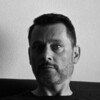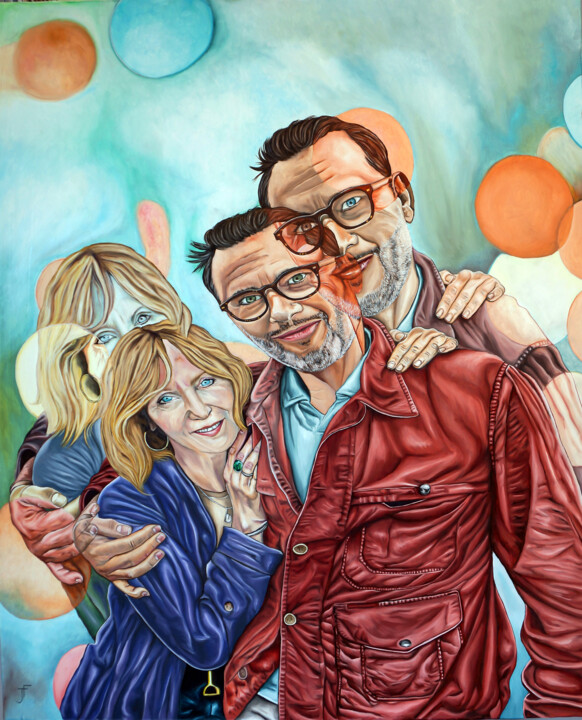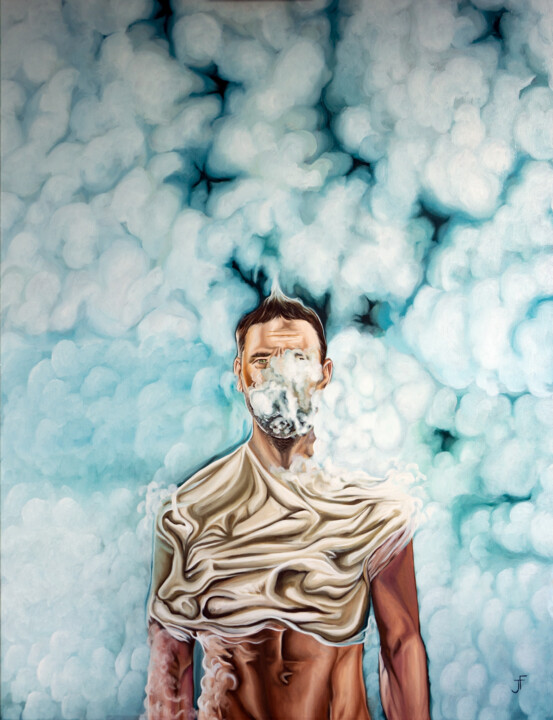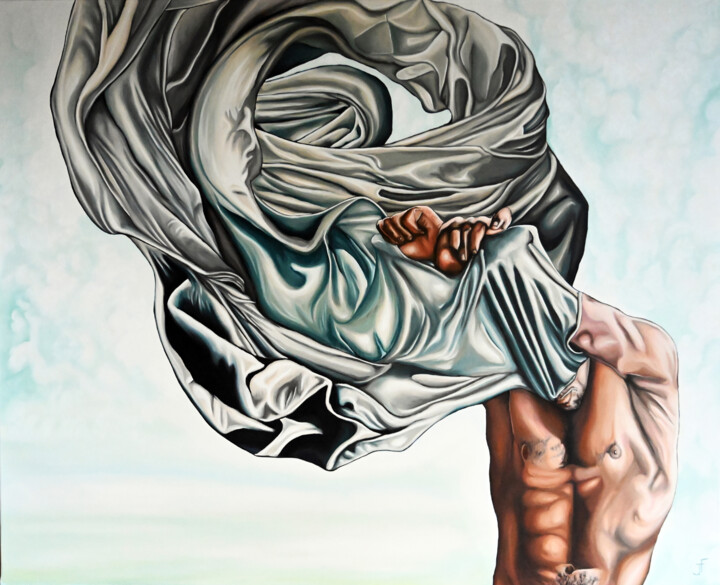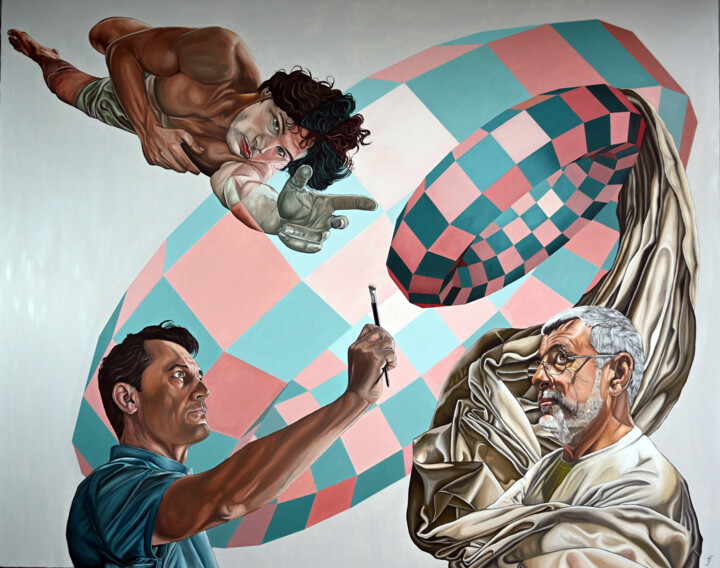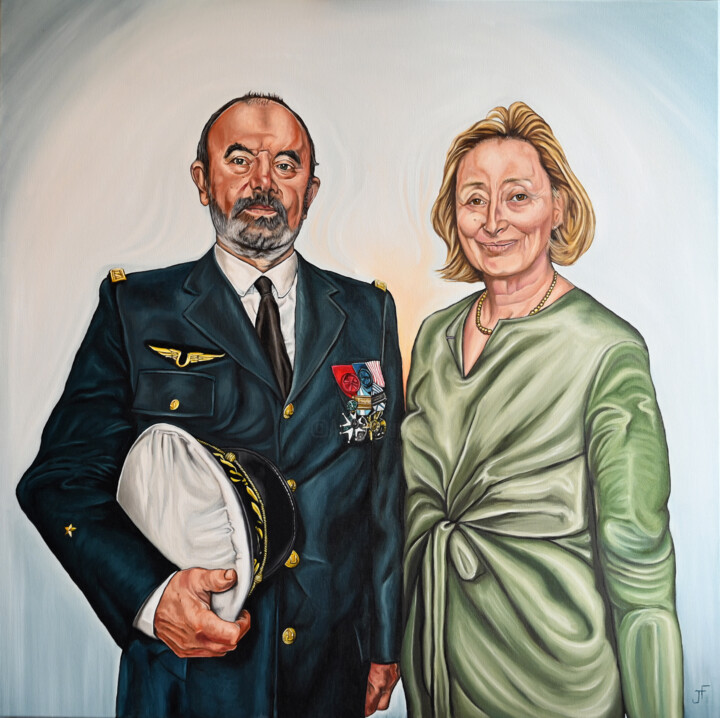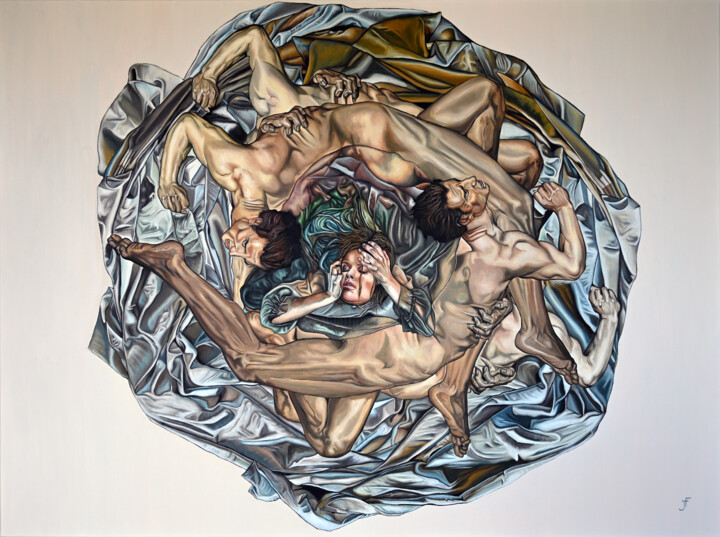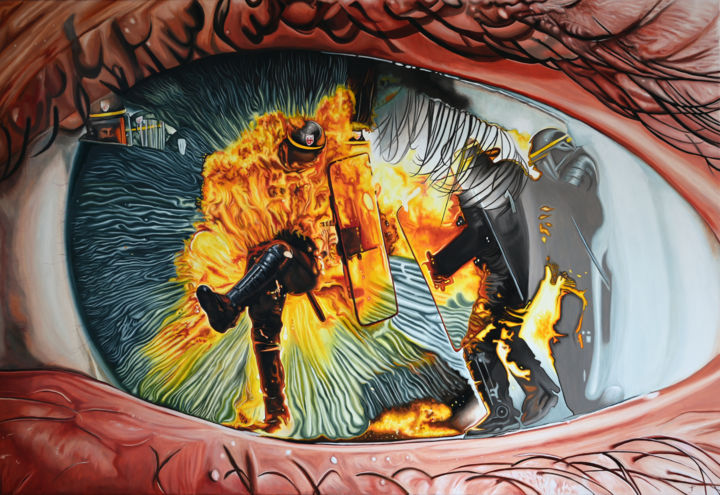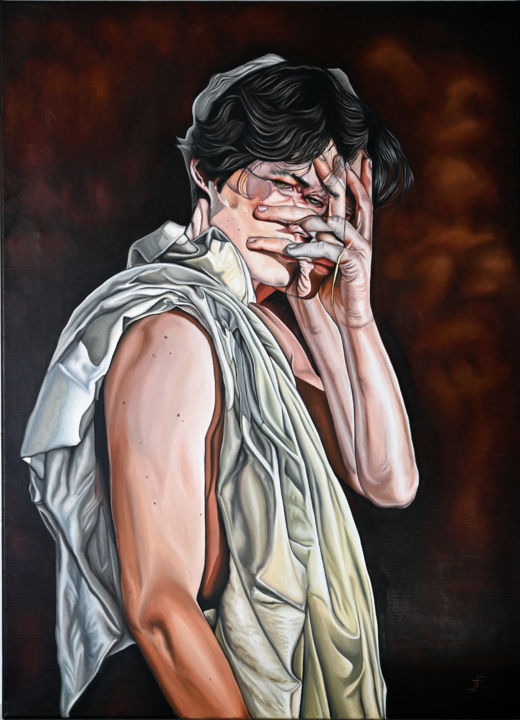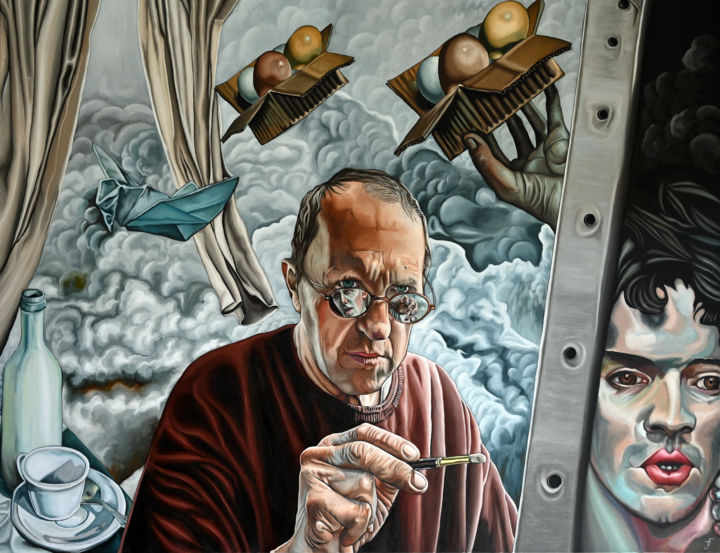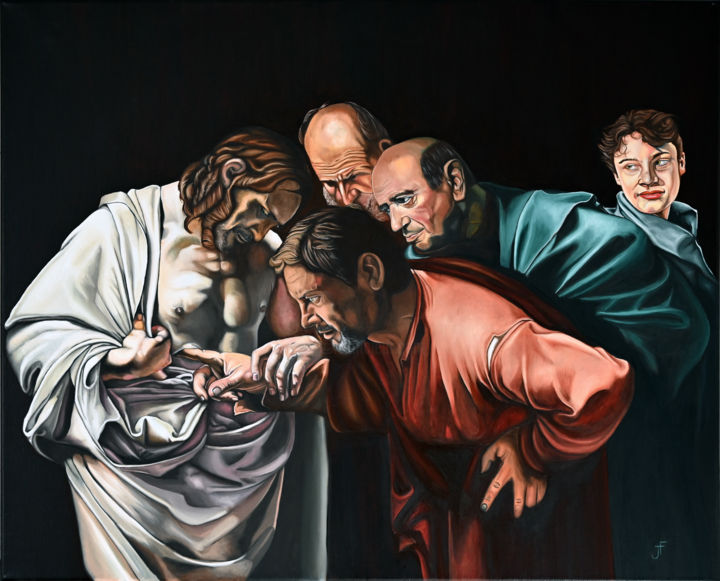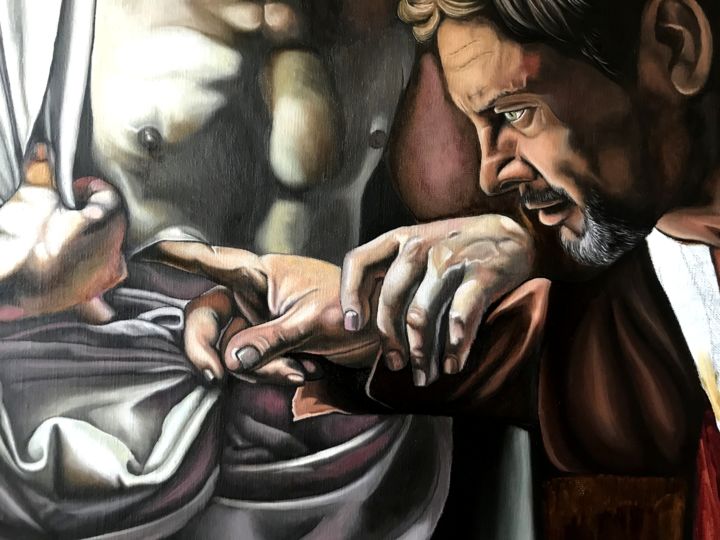The background from which I came with an artist father-in-law instilled in me a taste for art and creation. Moreover, I very quickly felt the need to express in images the thoughts and reflections aroused by my readings and my research on the side of psychoanalysis, which I practiced for a few years. My background is polymorphic, with an appetite for education and psychoanalysis. Oil painting, on the other hand, has been part of my life since I was 14 years old. The daily nature of my concerns for this act of painting, like a craftsman, has led me very logically over the years to articulate it with my other practices such as that of psychoanalysis.
I don't know if it is so important to be different from other artists, especially since there is no ex nihilo creation, because it fits, whether we like it or not and despite the impressions of rupture, in the continuity of a personal history, of a family culture but also in the furrow, if not of the history of art, in that of a history of art. What is interesting, moreover, is the friction with other artists, these inspiring friction producing "no sense", singular inventions. One thing is certain, it is that in my act of creation an analytical approach is played out against a point of a creative impulse without pretense.
My inspiration came first of all from my father-in-law, Jean Sabrier, my mother's husband, and through him, from Renaissance painting and Marcel Duchamp. Today it is the painter Edward Povey, with whom I interact regularly, who pushes me to move forward in my productions. The driving force is our elective affinities. But literally and precisely, my inspiration is directly the fruit of my thoughts and reflections related to my readings and certain writing assignments.
The design of my canvases requires a long preparation work because I need to collect images, very often they are photographs that I take, in order to arrange them to try to find certain visions that come to me, certain memories or certain dreams. . For this layout work I use image processing software. The spontaneous elements, the pure creations arise as for them when I detach myself from the model which I gave myself beforehand. It is in these moments of production that I feel like a craftsman whose only hand holding the brush allows himself to think freely, completely disconnected from my initial intentions.
I want to show a window open to the world, a world. And it is from this window that each viewer draws their own stories. A canvas is not a univocal and universal proposition, it produces a singular polysemy for anyone who wants to look at it. So I don't necessarily want to "show", but rather to produce an effect on the viewer, even if it was a rejection.
No, I do not think so. I remain fairly classic. What matters to me is the effect produced.
The main difficulty is the lack of time because I don't have the freedom to paint when I want. The second difficulty is the lack of models to photograph. I'm missing a good quality image bank. Finally, I lack space and space in my workshop.
No. On the other hand, some of my youth trips to Italy inspired me a lot. As soon as I travel I rush to museums to get my honey.
A flash exhibition (1/2 day) at the Maison de l'Europe in Paris. People spontaneously commented, without judgment, on the paintings they saw.
I do not really know. I think that my productions will evolve slowly without radical change, according to my research and my daily concerns. There will always be something to do with the unconscious and its formations in my paintings. Some see a dreamlike or surreal dimension in it, which doesn't bother me because there again, "it speaks" and the division of the subject, whether it is the one who paints or the one who looks, is never very far.
I work on the question of the threshold, this space of transition and mutation, the one which makes the junction between the act of creation and its product, this cut which paradoxically puts in continuity the interior world of the painter or the viewer and the canvas. The canvas on which I am working at the moment has for theme, the ethics of the relation.
I would invite Edward Povey to the living and Marcel Duchamp to the dead.

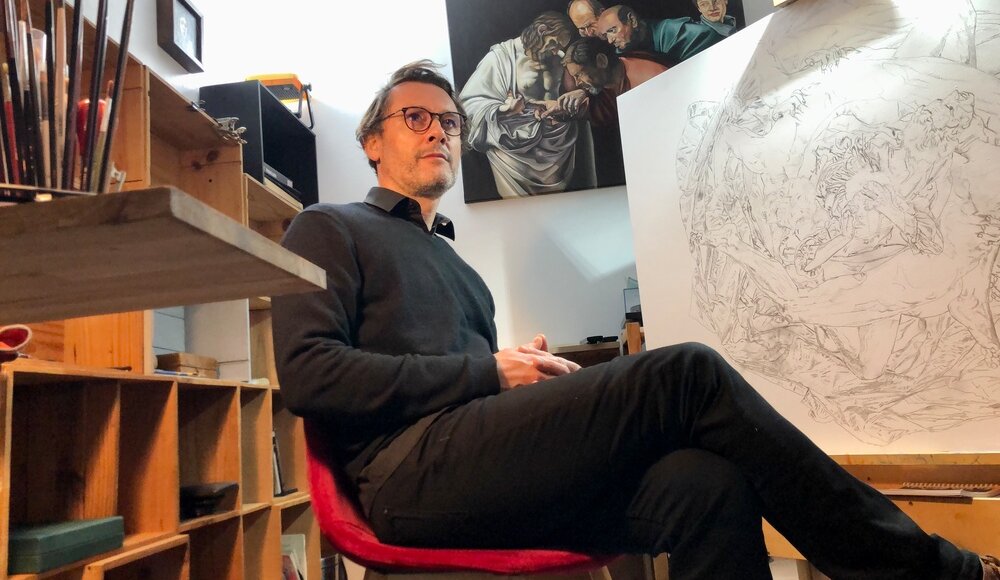
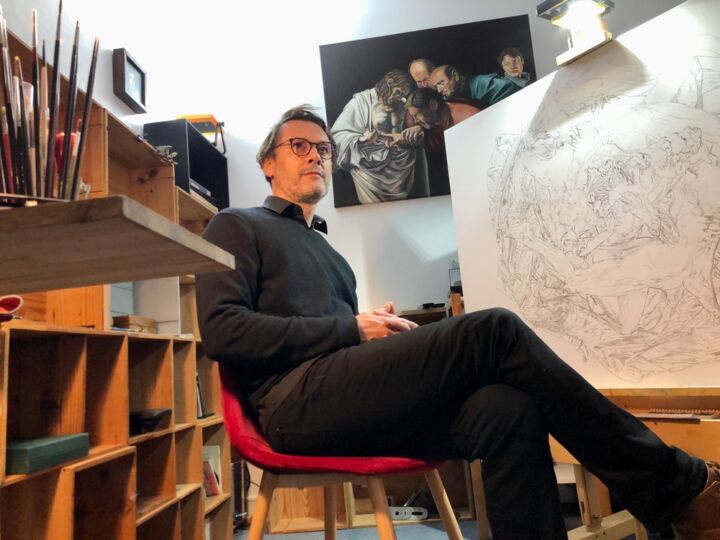
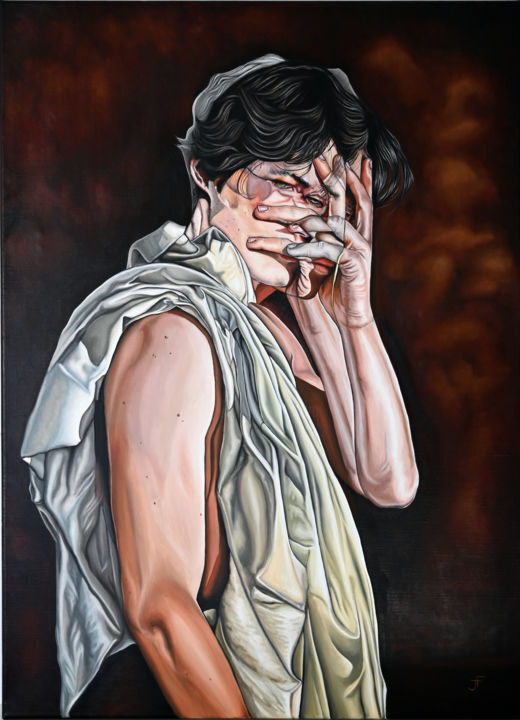


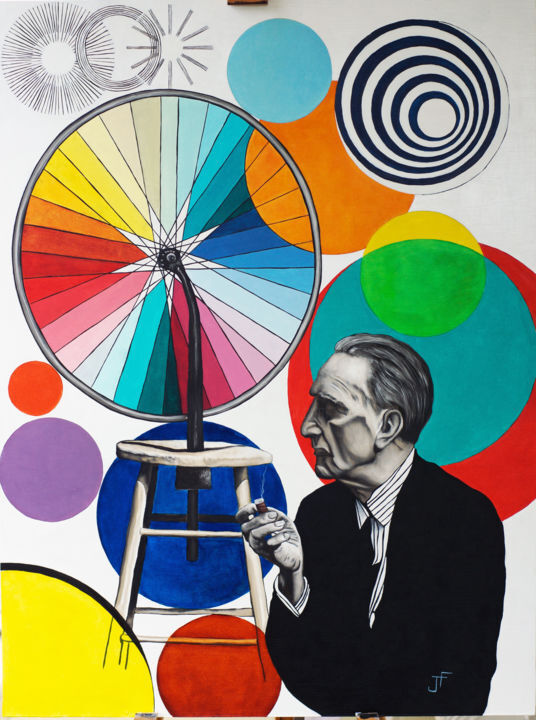
 Selena Mattei
Selena Mattei
